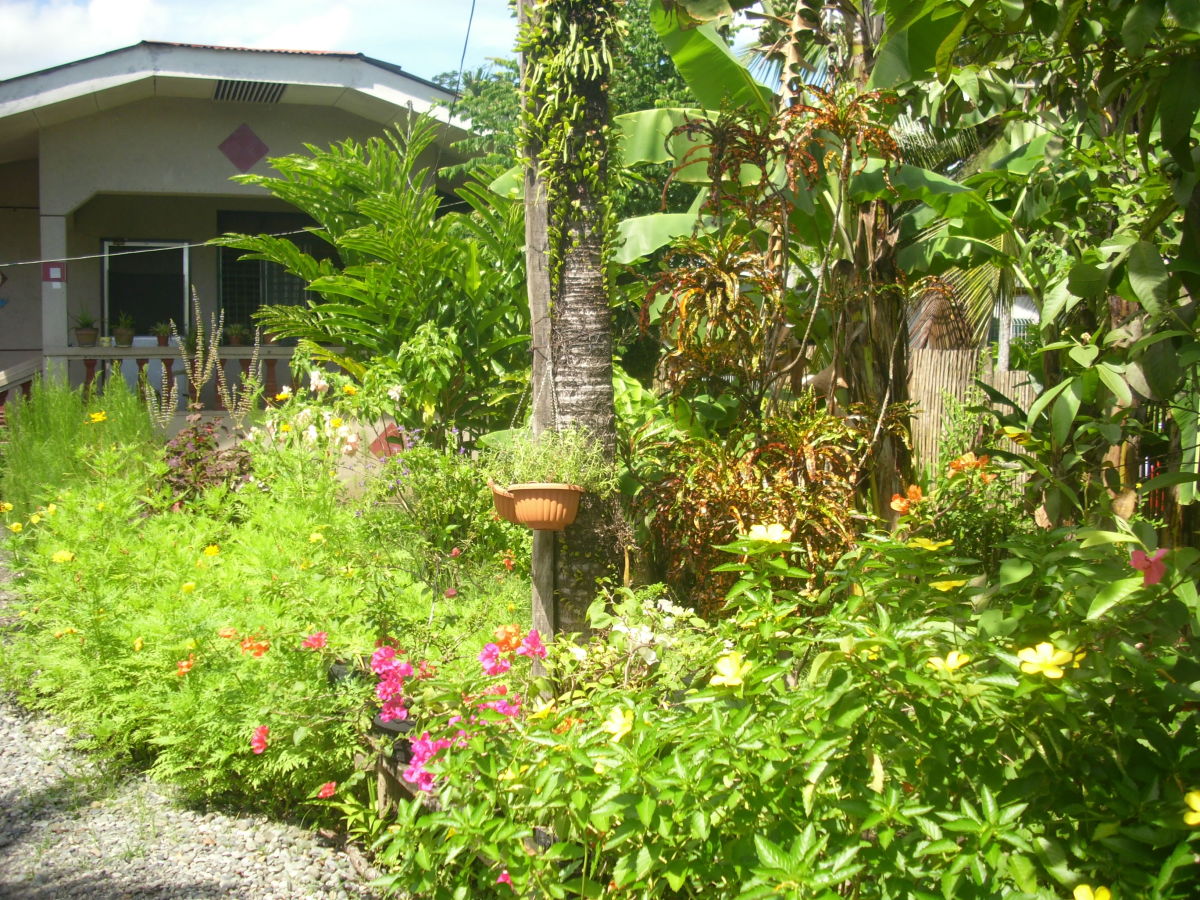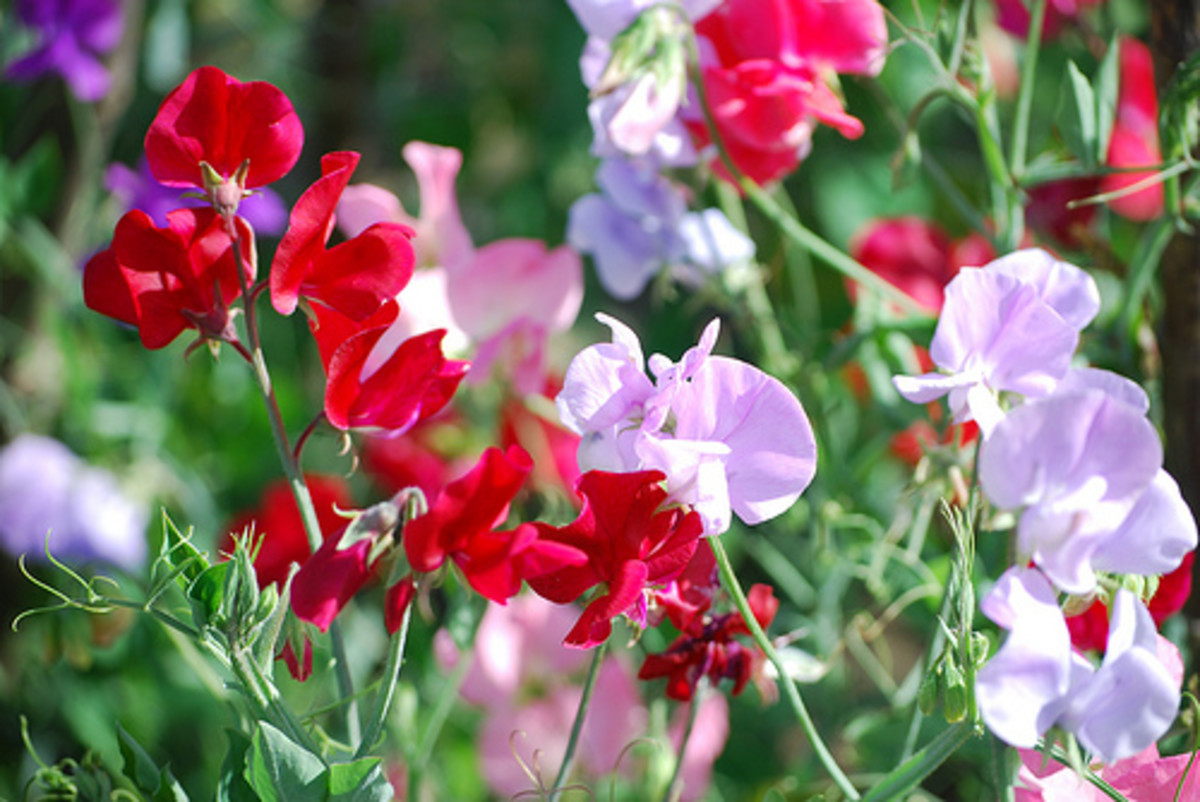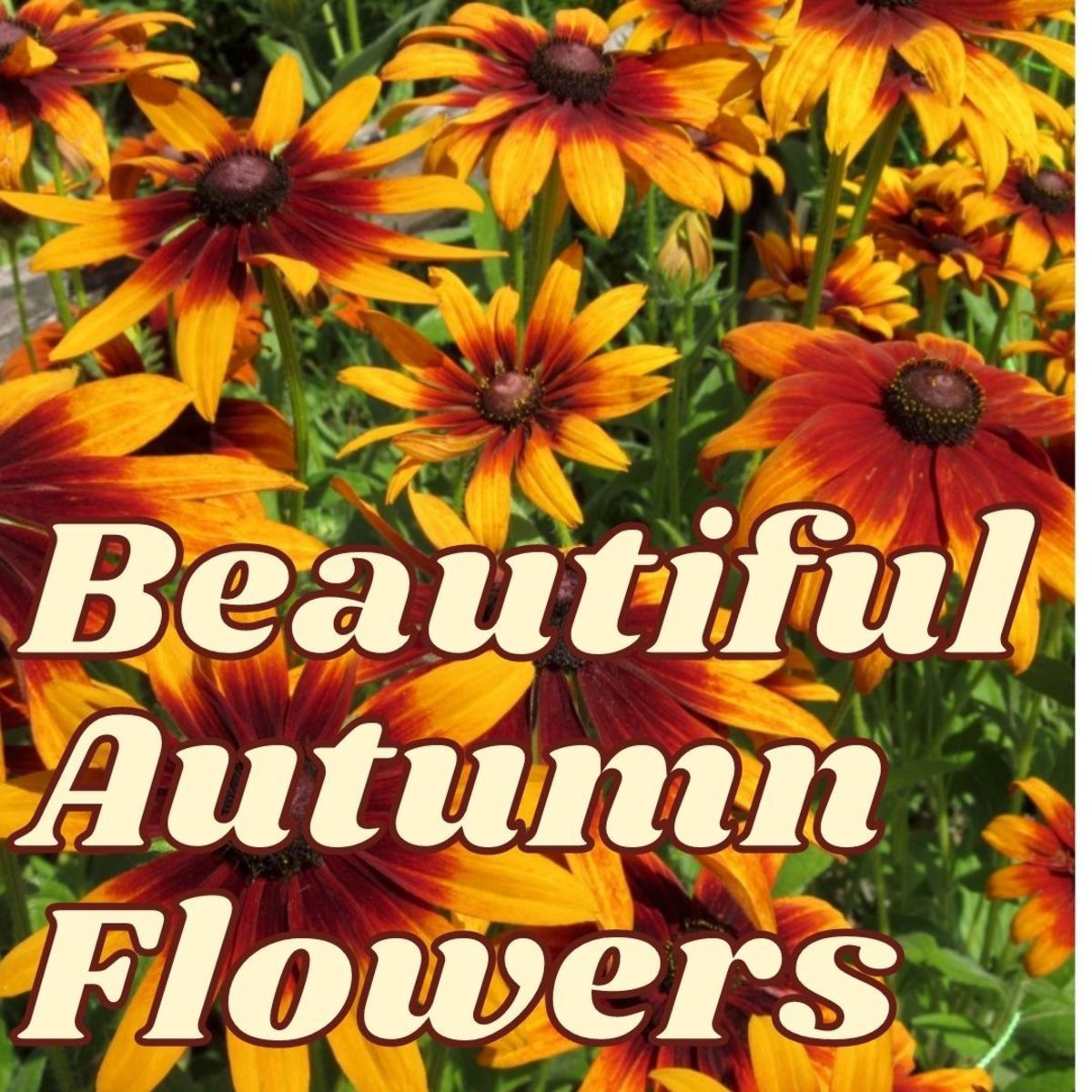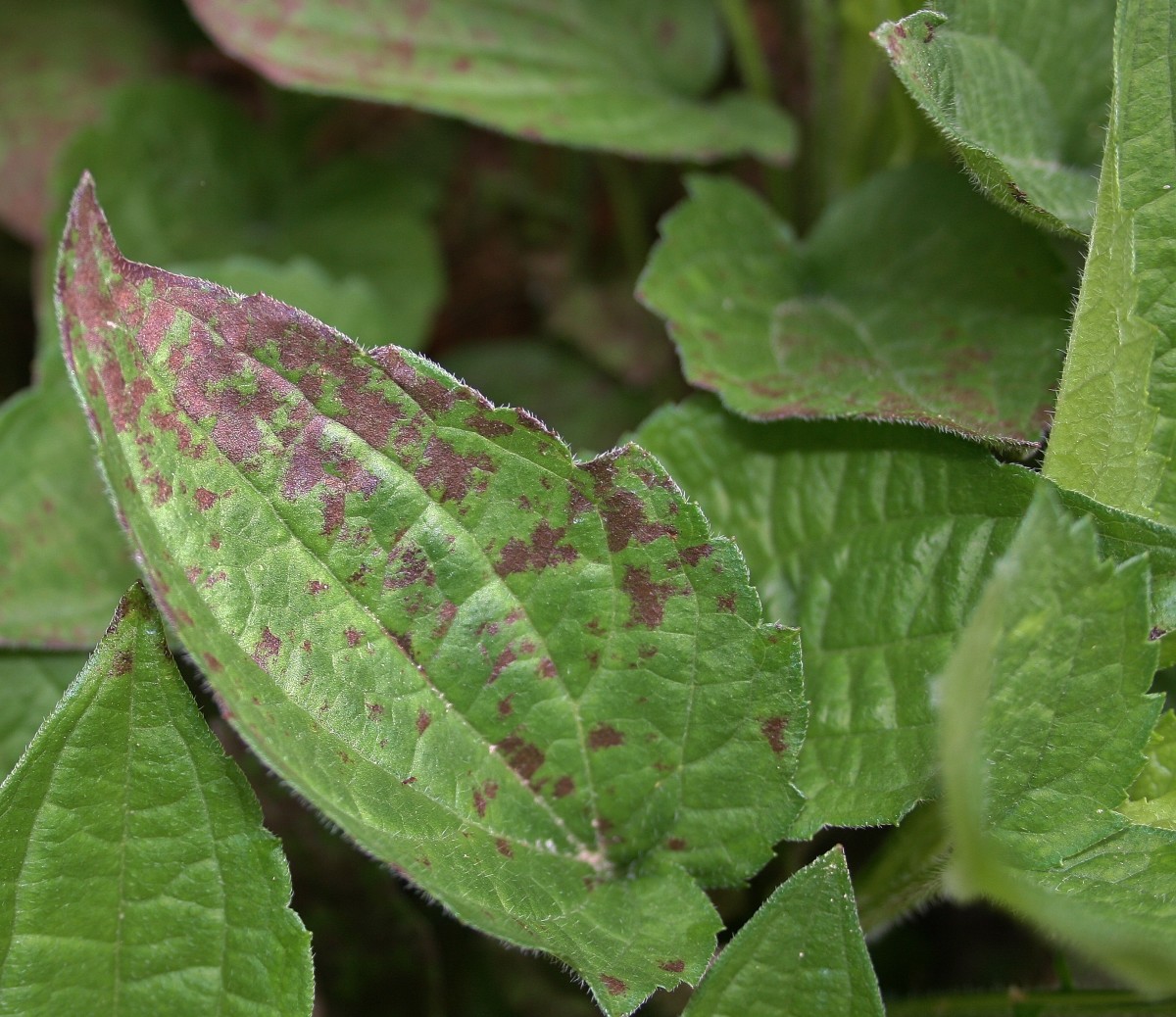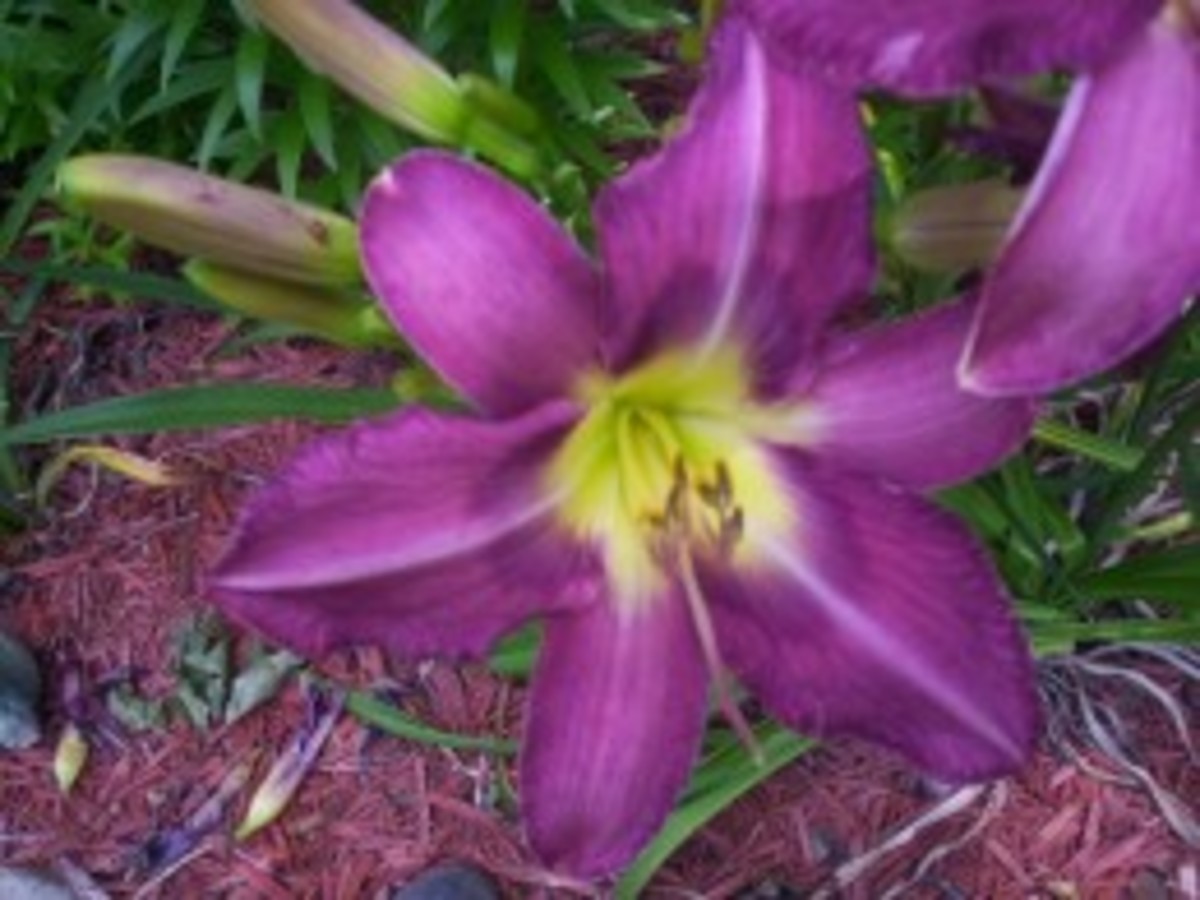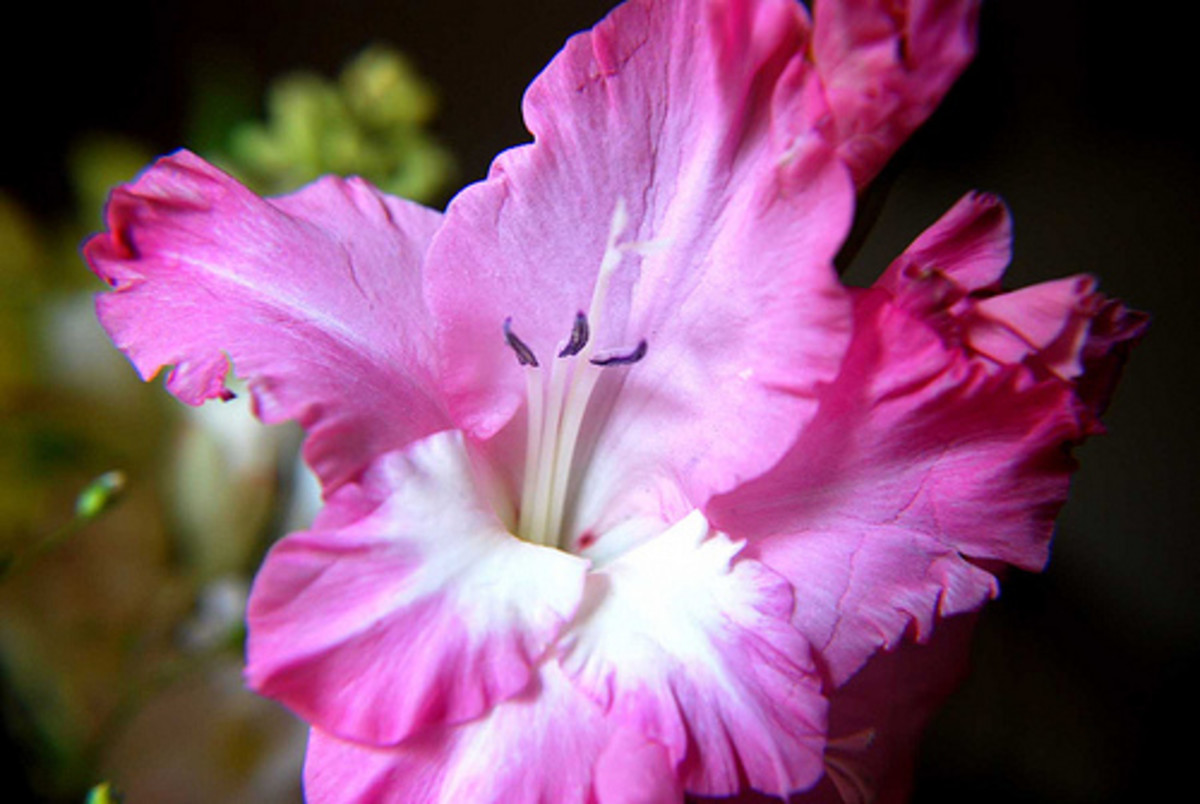What Are Some Uses of Flowers?

Think of setting your eyes upon something natural, delicate, vibrantly colored or soft-toned in appearance -- some sweet-smelling and others slightly pungent -- and a flower comes to mind. One cannot help to forget everything else when looking at a flower, just for a moment. This is why flowers graciously perform with accentuating flair in any outdoor or indoor setting. So what are some ways flowers are used? Some may be obvious and others may take you by surprise.

In the Landscape
Spreads of green lawns set the stage as neutral backdrops to natural, outdoor settings. But green upon more green added from the shrubbery and trees easily becomes slightly uninteresting and even drab. The addition of flowers, here and there, introduces burst of color, whether soft and subtle or bold and bright. Plant them in the soil or in decorative, outdoor pots. In a line across the front of a row of bushes, in a bed standing on its own, as a focal point garden in the middle of the lawn, or as rings around the base of the ornamental trees -- these are some of the ways flowers are used in the landscape.

Insect Repellent in the Garden
As beautiful and as fragrant as flowers are, some attract insects and others repel them. It is a gardener's favorite to plant marigolds around and throughout a vegetable garden. Lavender, sage, fleabane, geraniums, and hibiscus are some flowers that keep flies, moths, mosquitos and other insects away.

Floral Arrangements - Fresh and Dried
Bring the outdoor, natural beauty of flowers inside with floral arrangements around the house. With the wide array of flower colors, it is easy to assemble arrangements that coordinate with the color scheme of any room. And it is very pleasant to see flowers around the house -- they lighten the soul and seem to make the air smell a little sweeter.
Since many flowers, such as roses, benefit from regular pruning, cutting flowers from the garden gives the house a constant supply of floral decorations, while providing the flower plants with their necessary, regular prunings. So grow your own flowers. Enhance your landscape, patio or windowsill with floral color, and then prune the ones that require pruning by cutting flowers for your home decor.
In Potpourri
Fragrant, cut flowers soon meet their demise, becoming dried, brittle flower remains. The flower's dried petals, leaves and stalks gain a new purpose when used as fragrant potpourri. Make sachets for closets and drawers, fill bowls with the homemade potpourri and sit them in the living room and bathroom. The flowers will give off a subtle fragrance into the room, even during the seasons when flowers do not bloom.

As Jewelry
The Famous Lei. Around the world, from Hawaii, to Mexico, to the Philippines and Australia, flowers are worn as symbols of beauty and cultural expressions. Necklaces, hair ornaments and corsages are some ways people use flowers as jewelry. Flowers also inspire jewelry designs in gold, silver, brass, copper, and with precious stones.

On a Salad, As a Spice, As a Garnish
Some flowers are edible -- ready to eat on a salad, as part of a dessert and as a garnish to an elegant, flavorful dish. Some flowers impart a sweet, flower taste to the food, while others are slightly pungent, offering more of an herbal infusion. Clover, coriander, chyrsanthemum, chives, day lily, gardenia, fennel, jasmine, lavender, marigold, pansy and okra are some edible flowers that add delightful color and flavor to foods.
Drinking Flower Tea
Fresh and dried flowers with medicinal and aromatic properties make soothing teas to enjoy in the morning, in the afternoon or in the evening. Chamomile, lavender, sage, fennel, dandelion, hibiscus, sorrel and rose are some favorite flower teas.

In Art - Pressed Flowers
As a way to preserve floral beauty, flowers are pressed flat and dried. A flower press uses two boards to sandwich the flower and bolts to tighten the boards together. The most important thing to do when pressing your flowers is to arrange and position them in the best way. It helps to imagine the finished pressed flowers when playing with their positioning. It takes about a week or so to completely press and dry out the flowers.
Use pressed flowers as accents for stationery, wall art, jewelry and sun catchers, or make an educational collection of pressed flowers with each flower's botanical information.



